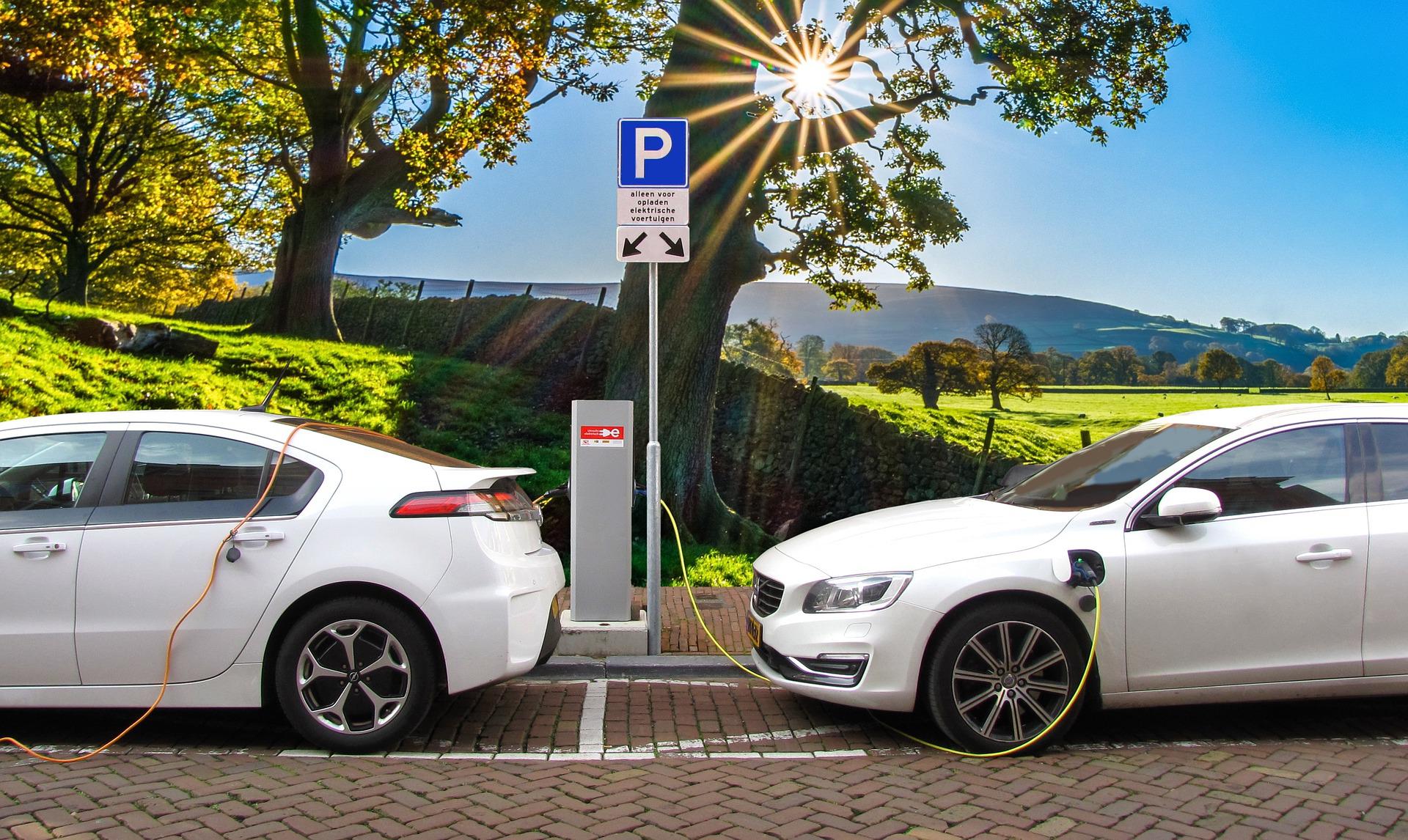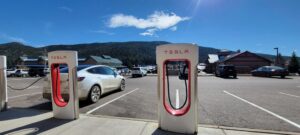
There are many things to learn about electric vehicles, one less frequently thought of is EV charger locations and etiquette, Tesla owners know this well: They have been out and about for years charging their vehicles using public Electric Vehicle (EV) charging stations. They are the pioneers of etiquette when it comes to locating and using charging spot for their EV’s. Below are things to consider when charging your vehicle in public areas. Some are common sense and some are just some simple tips to make your experience and the experience of others work seamlessly. EV etiquette within your EV community is important. With internal combustion engines (ICE) or gasoline-powered vehicles the process is typically fast and people are in and out of your way. It is not always the case with EV charging stations.

Here are Four Things you Need to Know about EV Charger Locations and Etiquette
First, know your EV charging point locations, types and charging speeds.
This is to determine where you may plan to charge your electric vehicle. Many provide onscreen progress of a station charge. EV charger locations and etiquette play a key role in your day as an EV driver. There are four types of public charging stations or charge points:
- Slow chargers, which take between 4 and 8 hours to charge an electric car.
- Fast chargers, which can charge a car in around 30 minutes which are typically in high demand locations
- Paid charging, where you need to pay for the electricity that you use.
- Free charging, where the electricity is free of charge these are typically public chargers and can be found in many locations these days
Some workplaces also have workplace charging points that employees can use during the day. These are often high demand locations as people are trying to top up their cars before they head home for the evening. So plan your day to use these in-between meetings or off peak time. Lunch and at the beginning or end of day are popular times.
Second, use your common sense for charge point use

When using a charge point, it is important to consider all safety issues. This includes being aware of potential tripping hazard, making sure that electric cars are parked in designated parking spots, and respecting time limits. There is also an emergency stop button that should be used if necessary. If a charger is not working properly, it is important to report this broken charger to the provider and get in touch with the station operator. This will help the next charger who may need to top-up charge to just get home.
Third, you need to know your State of Charge for your next charging session
Do you need a top-up charge just a little bit or a full charge or is this necessity charging fast charging. The State of Charge (SoC) is the percentage of charge in a battery. So, if you need to charge your battery, you can either do a top-up charge (just adding a little bit of charge), or a full charge (which takes longer). You may also need fast charging – which charges the battery more quickly.
First-time new drivers know the state of your charging to know if it will take a short time or long time to charge. While you are charging know what is around you. Visit local shops and plan your trips around your errands or around your vacation plans. As a new driver, it’s important to be aware of the state of your car’s battery and how long it will take to charge. While you’re charging, be aware of your surroundings and plan your trips accordingly. If you’re running errands, try to group them together so you don’t have to waste time driving around. If you’re on vacation, plan your activities around when your car will need to be charged.
 Fourth, it is good to know your vehicle, how it performs in certain driving conditions, like traffic, cold and hot weather.
Fourth, it is good to know your vehicle, how it performs in certain driving conditions, like traffic, cold and hot weather.
It is always a good idea to have adequate range charge and know your next destination charging point before driving away from your home or public charger. Always have a safety buffer of a charge. While charging stations are becoming more common place, being stuck on the side of a road waiting for roadside assistance can take hours. Gone are the days of carrying a gas can to a station and coming back and filling up. Need any EV accessories? Check out this EV Best Accessories blog to see what you may need with you on the road and at home.
Tips for Getting to your EV Destination with Grace

Use technology. These vehicles really are like computers on wheels. Many people use smartphone apps like electrify America to help them plan their EV route. Some vehicles have their own app, like the Ford Mach-E with Ford Pass. Others use google maps. These apps can help you find locations and nearby amenities.
Go old school with pen and paper. Be polite to one another. Most stations have 1 or more charging options, some newer ones have multiple charging cords per station. But if you can’t get a spot because someone it taking too long, think old school. Another tip is to keep paper and pen in your car to leave friendly and polite note. Use reminders about common sense items and for those ICE vehicle drivers – ie gasoline-powered vehicle cars that take EV spots. Its a firm rule to not park here. Nasty notes may call to you particularly with repeat offenders, but it’s best to play nice.
Have a buddy. If you use public charging stations particularly at work, get to know your fellow EV drivers. You can share your phone number and text each other when a charging space come open
If we all follow these simple rules and tips we will all have a great opportunity to have a positive experience out there on the road in your electric vehicle no matter where your destination is. It’s easy to know about EV charger locations and etiquette. Go forth, enjoy the ride and power on. Thank you for helping to keep our community respectful and friendly.


